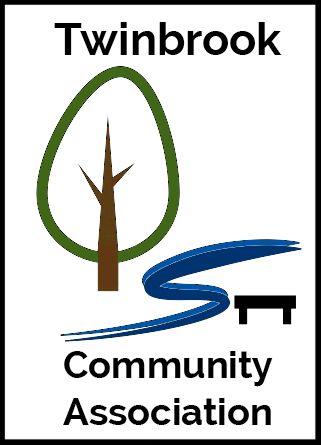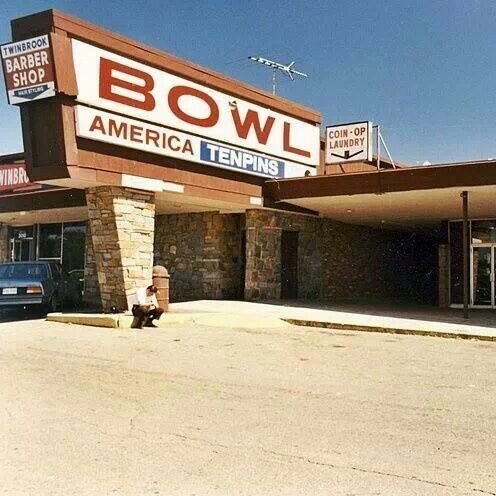History
Twinbrook was created under Maryland law on October 18, 1946, by four developers: Joseph L. Geeraert, Roland Simmon, Wesley Sauter, and Donald Gingery. They bought 200 acres of farmland. At the end of the 1940s, World War II GIs and their young families flocked to Twinbrook's small frame houses, mostly Cape Cods, when they began popping up on new streets surrounded by farms and wheat fields. The modest houses, developed by builders Joseph Geeraert and Donald Gingery, were constructed with expansion in mind--two bedrooms and one bath on the first floor, with an unfinished upper level, to be finished or added on to as the young couples could afford to do so. Some of the houses were ready in 1948 and developers Joseph Geeraert and Donald Gingery offered them, at prices ranging from $9,250 to $11,500. The government backed the mortgages 100 percent and veterans could get them for just a $50 down payment. There were only 42 houses in the area before 1939. By 1952, more than 300 houses had been built.
In 1949, 542-acre Rockville annexed 2,210 acres south of town that included Twinbrook. There were three models to choose from. They came with two or three bedrooms and were equipped with modern appliances. The first residents were Mr. and Mrs. William Mitchell and their children, Alice and Bill, who moved intro a house on Ardennes Avenue on September 13, 1948.
1947: First plat of section I of Twin-Brook recorded (Okinawa, Midway, Coral Sea, Ardennes, St. Lo)
1949: Twinbrook Citizen's Association formed
1952: Construction of Twinbrook Forest
1952: Twinbrook Elementary opened as a modern eight- room school. A 12-room addition was built and opened in 1953.
1954: Last section of Twinbrook opened
1958: Shopping Center opened on north side
Late 1950s: Bus service established on Veirs Mill Road.
May 1971: Amtrak established.
The History of the Higgins Family and Spring Lake Park - which would eventually become Twinbrook
More history of Twinbrook from the Montgomery County Planning Commission

